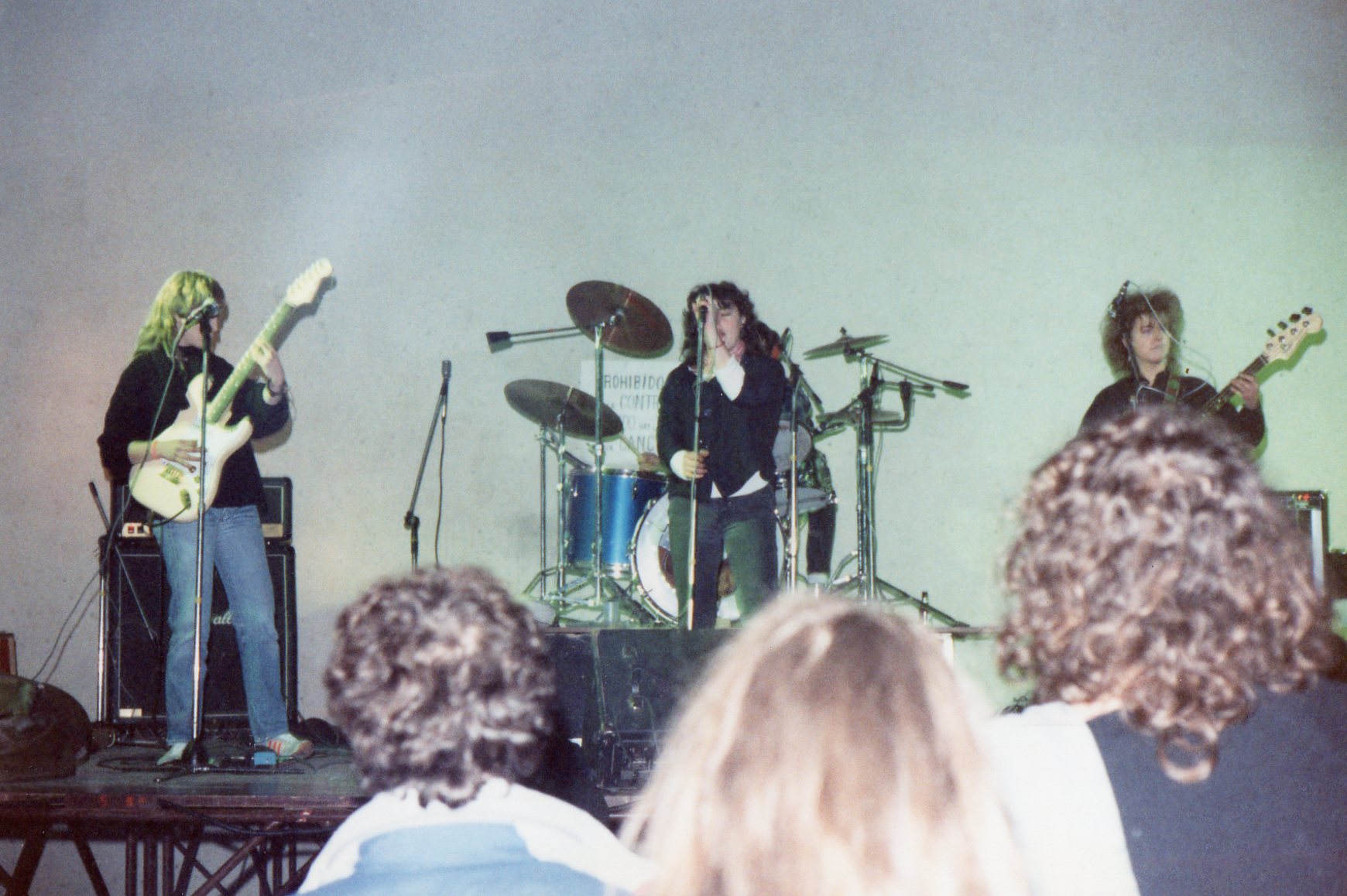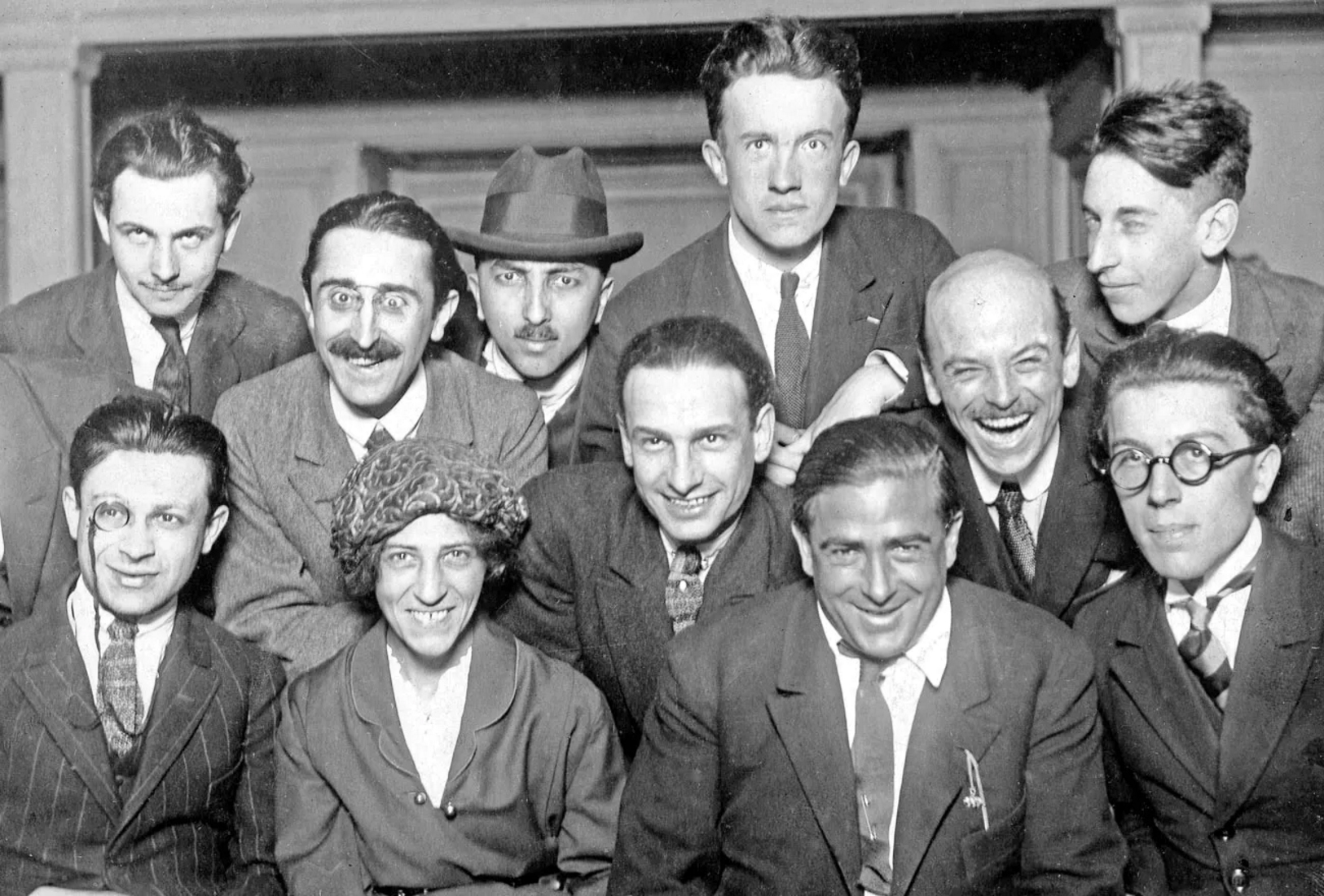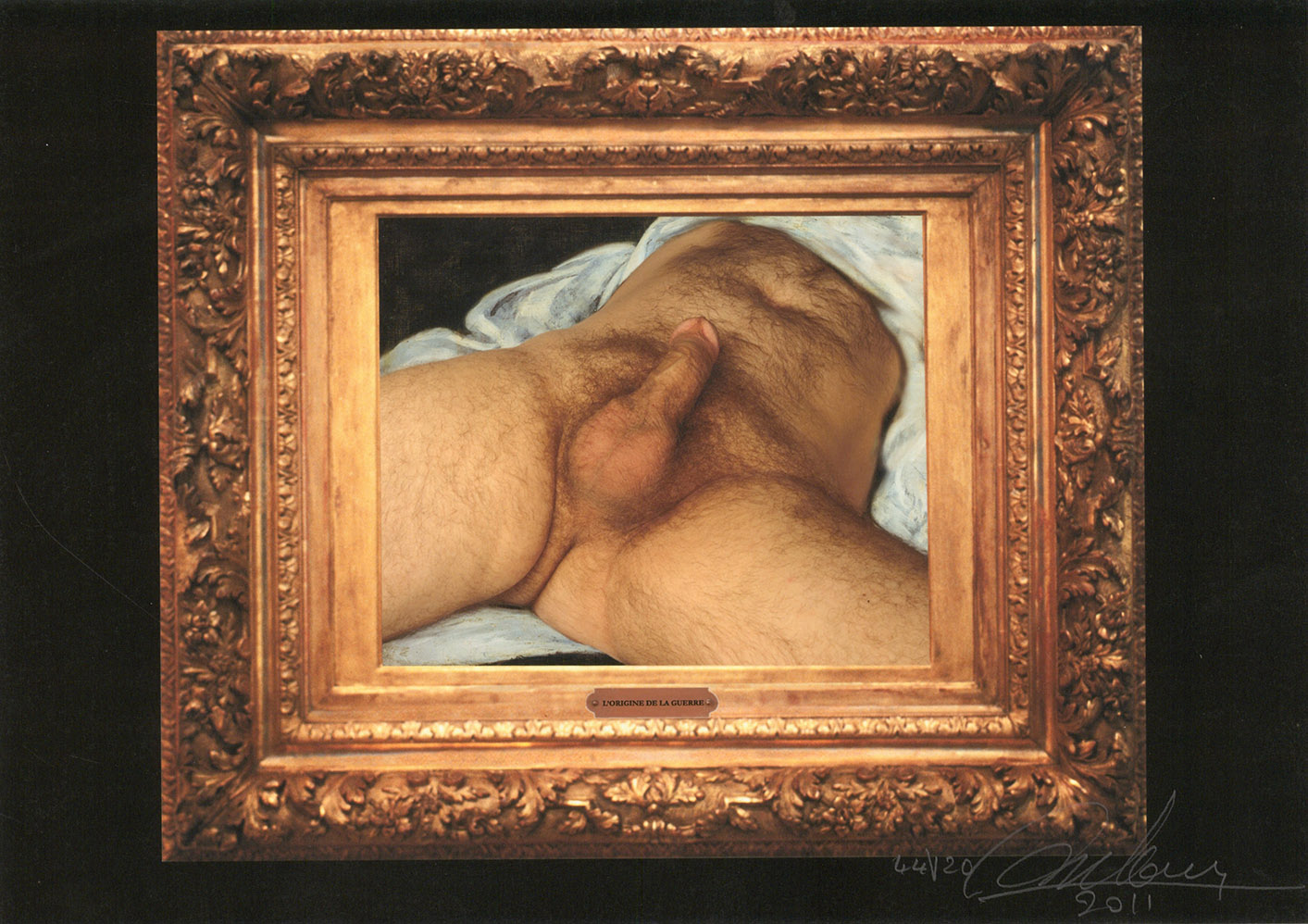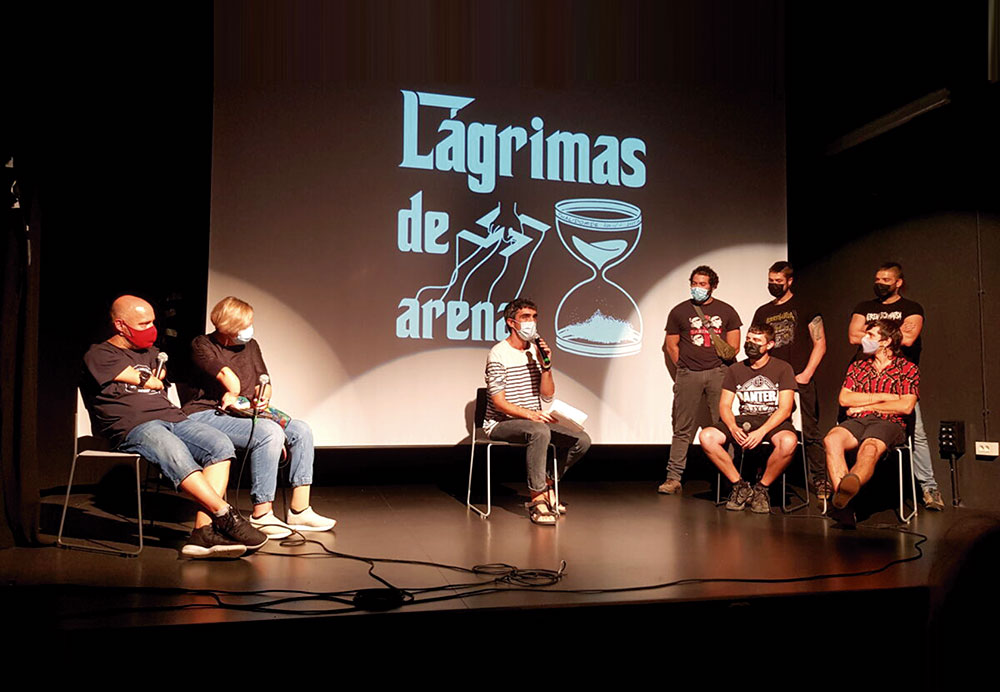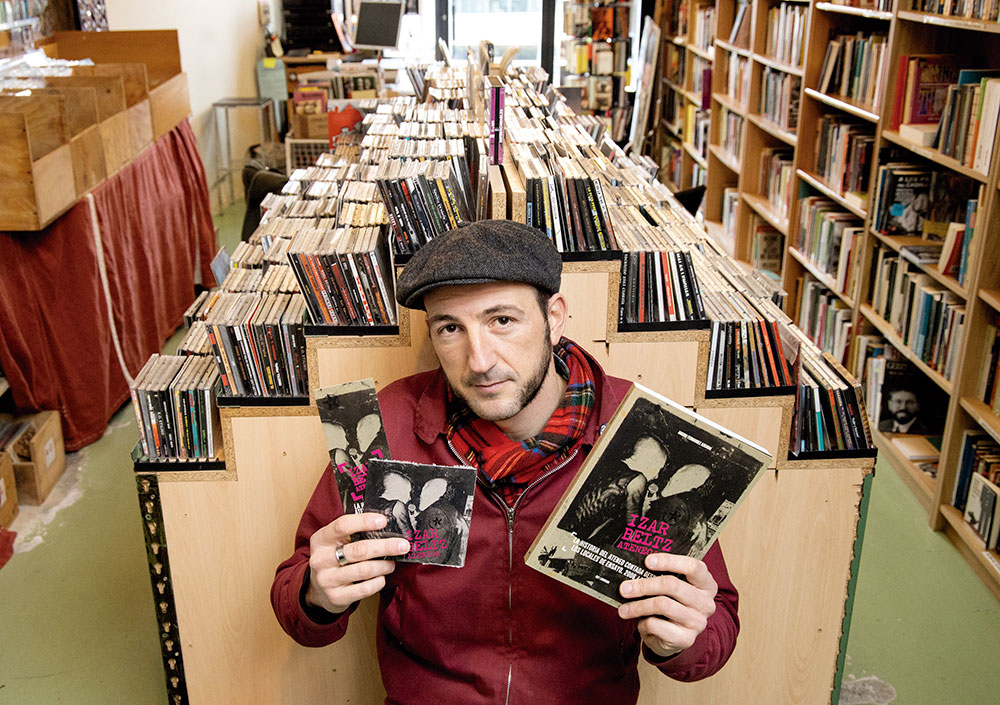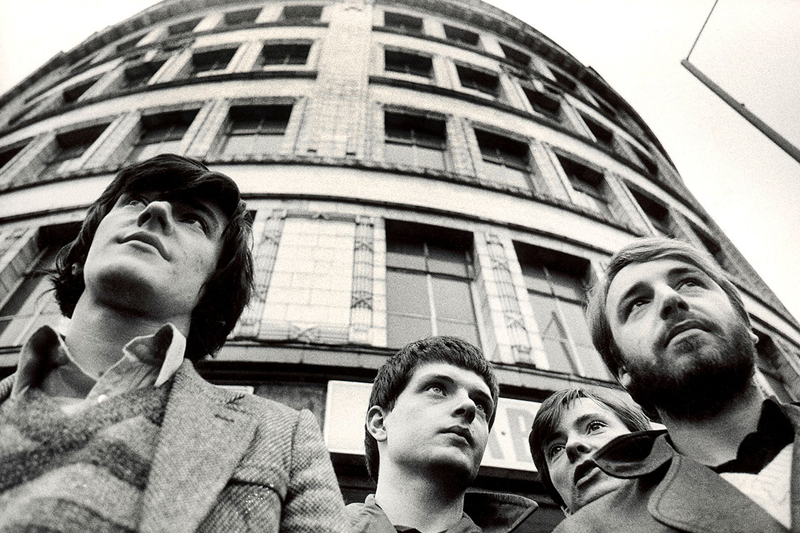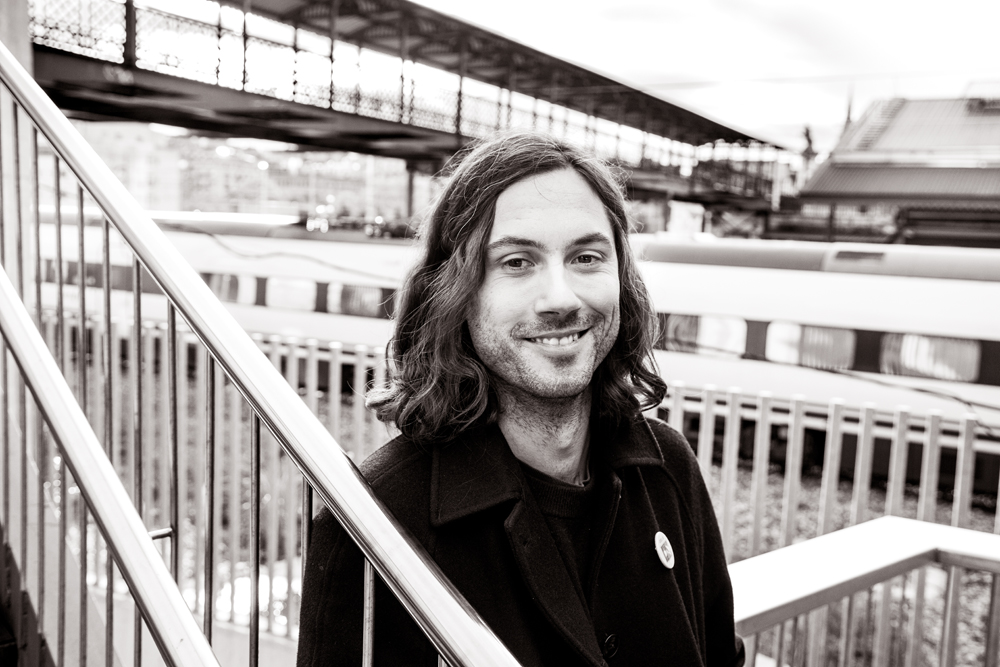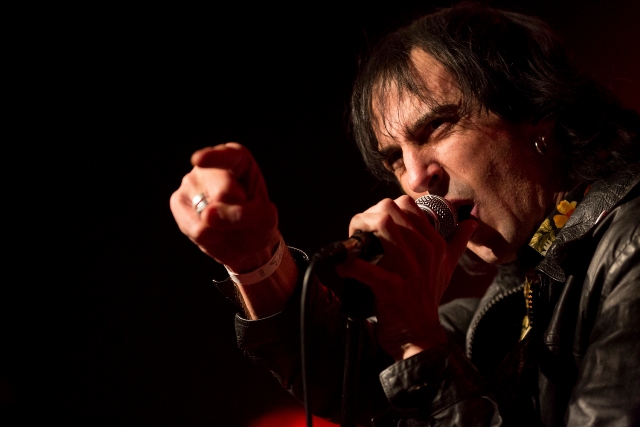From Anarquia to 'rave'
- Since the late 1960s, you can find traces of punk culture everywhere. To conclude this series of three articles, we will discuss some of these manifestations: Some revolutionary groups in the United States, Malcolm McLa, Sex Pistols and other currents that kept the punk spirit in the decades after the explosion.
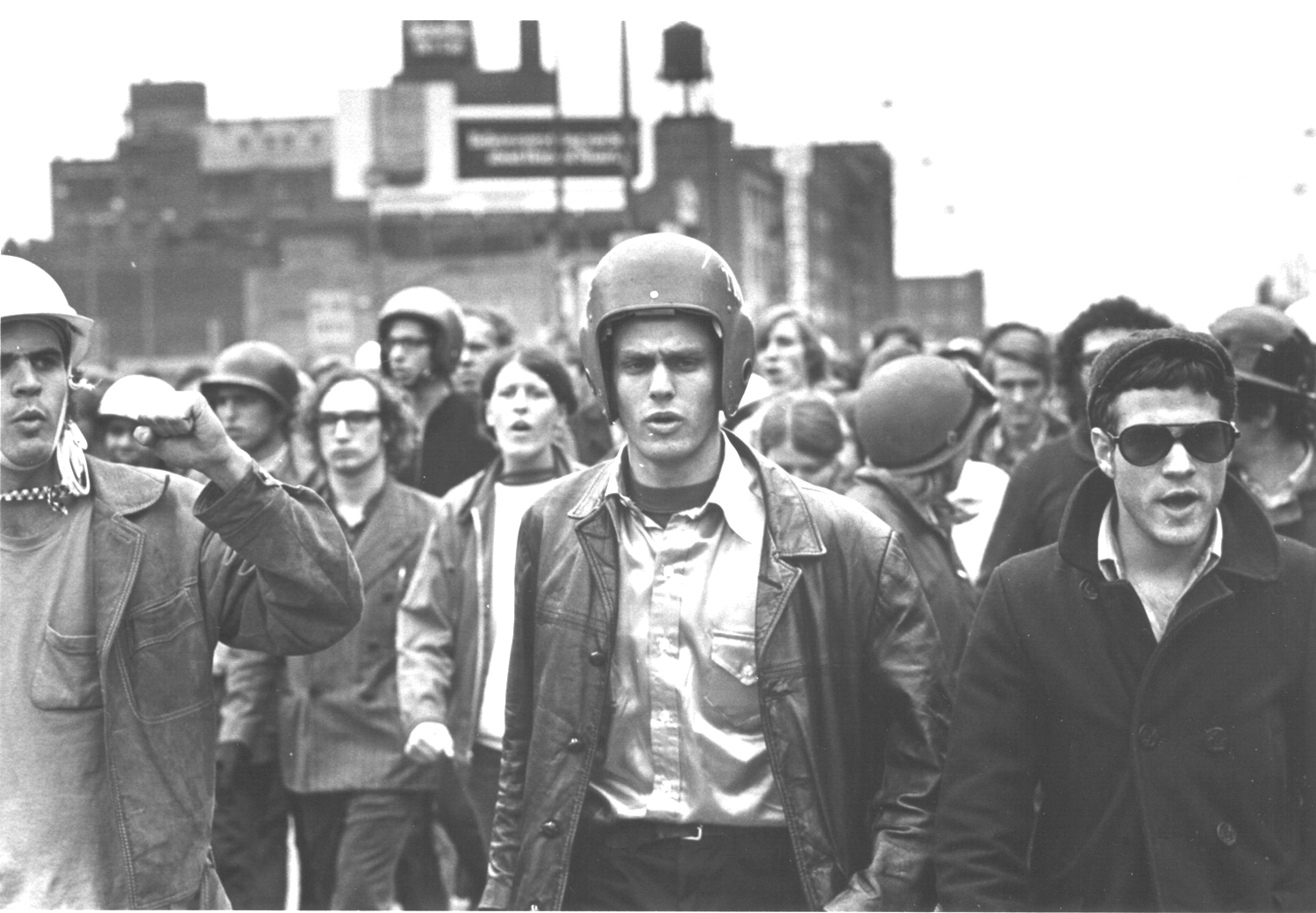
As explained in the previous section, the movement created around May 1968 was not too far away and the hippie dream soon became a nightmare. Many of those who faced the defence of civil rights and the war in Vietnam decided to explore other avenues because they did not correspond to the direction the movement took: the armed struggle. A group of young people from the Students for a Democratic Society of the United States formed the Weather Underground Organization or Weathermen group and bombed different parts of the country under the slogan “We Bring War Home”. In the African-American community, the self-defense group Black Panther Party was created, based on the lessons of Malcolm X and Ho Chi Minh City, ready to defend their community with weapons in African American ghettos. In Europe, with the lessons learned from the May experience in Paris and on the basis of situationism, several radical political groups emerged that were working on violence. The most influential, by force, was the Italian autonomous movement. But there were other smaller groups like England, Angry Brigade or King Mob. The first attacked many bombs and published several manifests criticizing the society of the show: “You’ve sat in the mall, you have a distant, empty, boring look, you’re going to drink a tasteless coffee? Or are you going to burn the cafeteria?" The second group declared war on museums and the art world. This group decisively influenced the punk explosion and the creation of codes of a young man who would have a major importance: Malcolm McL.
Let's get money out of chaos.
Malcolm McLaren studied in many art schools and in those years became politically very active. In 1966 he set an American flag on fire before the embassy of this country in London and was arrested for it. At that time, political evolution brought him from anti-warism to situationism and was in contact with several members of that movement and travelled to Paris to participate in the rebellion in the spring of 1968. Back in England he moved around the situationist group King Mob.
In the early 1970s, he opened in London, along with his partner, Vivian Westwood, a store called Let it Rock. There they sold albums and second-hand clothes adapted by them. The store had several names. The best known, SEX. McLaren's art, like Warhol's, had a great commercial character, but a provocative attitude. The clothing they sold there was entirely avant-garde for the time and was of great importance in the aesthetic of punk movement, which mixed art, provocation and political ups and downs. An example of this is the shirt with the slogan Only anarchists are pretty – “Only the Bellos are anarchists” – perhaps the best known of those made by McLaren and Westwood.
McLaren jumped into the music world when in 1975 he became manager of the New York Dolls group. He toured the United States wearing eye-catching latex red clothes for a tour and seeing on stage the sickle and the communist symbol of the hammer. McLaren believed that provocation would allow him to succeed, but the tour was a disaster and soon after the team dissolved. The team members faced McLen and he decided to return to England.

His trajectory in the world of music combined art and commercial vision, with high doses of provocation and transgression. It was both spontaneous and planned. One SEX store worker and three other clients came together to create the Sex Pistols group. McLaren and Westwood were dressed and ideologically influenced in them. They were their product, their artwork. As a result, Anarchy in the U.K., the group's first song that gave much to talk about. They were able to sign with the great EMI record company. McLaren saw the road clear and remained on it for a short period of time. On 1 December 1976 he appeared on Sex Pistols television. The team members were drunk and disgusted and even insulted the presenter. The following day the Daily Mirror brought the news to the surface with the following title: “Lust and anger. Who are these punk guys?" The scandal became a phenomenon that many consider the official birth of the punk movement. The group arranged the hymn God Save the Queen and published it with the Virgin record. By words, the song was banned in some places. In order to deal with the bans, and with the celebrations being achieved, they went to Elizabeth II's Jubilee in the Thames, on a boat and before Parliament. McL was arrested and got what he was looking for: scandal and reappear in the newspapers. In 1977, the group released its first long work, Never Mind the Bollocks, Here's the Sex Pistols, and the following year they toured the United States. On January 14, in San Francisco, the group offered its last concert. They were fed up with McLara because he fooled them with the money and used them as his dolls. That was something. As for Warhol, for McLaren, art was a way to get money and quickly mercantilized the transgressive character of the punk movement. Among youth, it became a true mainstreaming and became a parody of itself.
Blossoming punk art
But punk was not created by the Sex Pistols group, let alone by Malcolm McLaren. The latter was based on artistic and political traditions created earlier to create their own product. But in both music and stylistic, there was something that long ago was underground waiting for someone to focus. The codes of this subculture existed. It was aesthetically voracious, with broken and eye-catching clothes that sought monstrosity to counter the supposed beauty of the world. As for attitude, in contemporary art there has always been this tendency to provocation and rupture, sometimes hidden, sometimes visible. Musically, there were also groups punching before punk birth: The Stooges, MC5, New York Dolls, Ramones, etc. They laid the groundwork for punk to explode.
The explosion of the late 1970s spread punk culture in multiple directions.
As seen in this series of three-part reports, in punk culture there are many vestiges of contemporary art, as it is a continuation of a tradition, and in this sense other artistic manifestations emerged. Many artists participated in designing the covers of the albums and logos of the groups. This is the case of the work done by groups like Crass or Dead Kennedys, who drank directly from Dadaism. When punk accelerated and hardcore was born, art remained of great importance in the stylism of groups. The trajectory of the legendary Black Flag group cannot be understood without the work of the artist Raymond Pettibon. He was the brother of Gregg Ginn, guitarist of the Pettibon group. In addition to the excellent group logo, he is the author of most albums, flyers, stickers and concert posters. Today Pettibon continues in the art world.
Punka, the incessant thread
At the end of the conflicting 1970s, the funeral rites of the resistance movements that dragged the show society, added another wave: the effects of the economic recession. Millions of workers suffered from the abrupt deindustrialisation following violations in the welfare state network. The wave of economic bonanza hit the coast and syringes were mixed with unemployment rewards. The hangover came without a chance to recover from the coup: a conservative reaction that had to condemn the world to dark times personified in a trident composed of Reagan, Thatcher and Wojtyla. Another was opposed to this reaction: with the death of punk, new paths were opened in the light of the barricades burning on the bleeding corpse. Those who traveled in one direction accelerated music and created hardcore, which was often accompanied by a crude political message. Others, however, entered the hole of melancholy and with the help of dark rhythms, started dancing with ghosts, getting to know in movement as post-punk. But there were also people who moved around the margins, far from the light.

Amidst the rite of the time change, in the winter solstice of 1979, the British group Throbbing Gristle published the album 20 Jazz Funk Greats, his most famous and beautiful work. Industrial music workshop on which the story of this musical genre has been written. Songs are raw, enigmatic, mantra and aggressive. The image on the front page clashes with what we will find inside. In it, the four members of the group wear pop style clothing from the 1960s, except Genesis P-Orridge. The photo is located in the area of Beachy Head, south of England, in a rock area of great beauty. One of the favorite places among suicides in the south of the island. A good place to be consistent with the decision made. So when this album was republished in a few years, an element was added to the classical cortex, a cadaver that is not strange in that place. The records of the group were published under the label Industrial Records, the record house they controlled. Both the name and logo and the surfaces of the records referred to futurism. When the group was dissolved, Genesis created Psychic TV, a project musically located in other coordinates. But their transgressive character was not ignored and they experimented with music and video. He cited William Burroughs and Charles Manson as his main influence. Genesis turned his body into a battlefield by beginning the transition process that he called pandrogyny: Together with her partner, Lady Jane, they wanted to fix the bodies of both to make them a single nonbinary body.
Another important character in the early stages of electronic music is Conrad Schnitzler. In the late 1960s he began experimenting with this kind of música.Estudior art and worked with sculpture, but his most productive and interesting journey did it in the music world. In the 1970s he participated in several projects such as Cluster and Tangerine Dream. He was also alone, where he had his most experimental production. He also performed performances. He would walk the streets of Sttutgart with a helmet with a loudspeaker stuck in his head. From this speaker, their noisiest and darkest works could be heard to the surprise of the city’s inhabitants. In 1978 he published Con, a milestone in his career. The prolific German work had a great influence on electronic music that developed later, but not only in this field. He also performed the introt of the legendary work Deathcrush (Posercorpse Music, 1987) by the group Mayhem metal Black.
Electronic music became increasingly important and was part of the counterculture. To confuse conservatism, young people began to hide underground, willing to conspire fearlessly. Thus emerged the rave movement related to electronic music in the 1980s. Participants in these festivities joined that underlying world. Not only because the festivities were held in dark and secluded places, but because each one abandoned his ego to be part of a chaotic community. Just like in Alice's wonderful world, they took all kinds of substances to achieve this goal. Like rave, Alicia traveled without any kind of mental limitation, willing to get lost in the eyelet and receive all kinds of teachings. At dawn, Alice and the rave participants rebuilt their self. Another person leaving the hole.
The dream of the Rave culture also became a nightmare, among other things by the massive use of drugs and bans, as well as by the underground to mainstream. Many other art movements also came up earlier. But, as we have seen, when this happens, the fire is not completely extinguished and someone is waiting to take the witness to start a new movement, the fire in hand to clarify the path of cultural and political avant-garde.
Osakidetzak 6.000 euroko isuna jarri dio Last Tour enpresari, La Polla Records taldeak Gasteizen emandako bi kontzertuen arduradun izanik covid-19ari aurre egiteko "osasun-araudia ez betetzeagatik". Arrazoi horregatik jarri daitekeen isunik handiena agindu du... [+]
Jon Savage (Jonathan Malcolm Sage, Londres, 1953) musika kazetari britainiar ospetsuak Joy Division post-punk taldeari buruzko historia biltzen duen liburua argitaratu berri du, This searing light, the sun and everything else, bandak Closer izenburuko bigarren eta azken lana... [+]
Iosu eta Jualma orain dela 25 urte hil ziren, eta bi musikariei omenaldia egiteko Más alla del cementerio musika jaialdia antolatu dute Santana 27 aretoan.
Gadafiste brothers opposes Western thoughts that unify. The phrase “International Brigades in Libya!” is not usually heard on the stage…
Three guys on top of the scene and a computer. Through the computer they sent us drums and sanples: tu-ka, tu-tu-tu-ka on an... [+]











